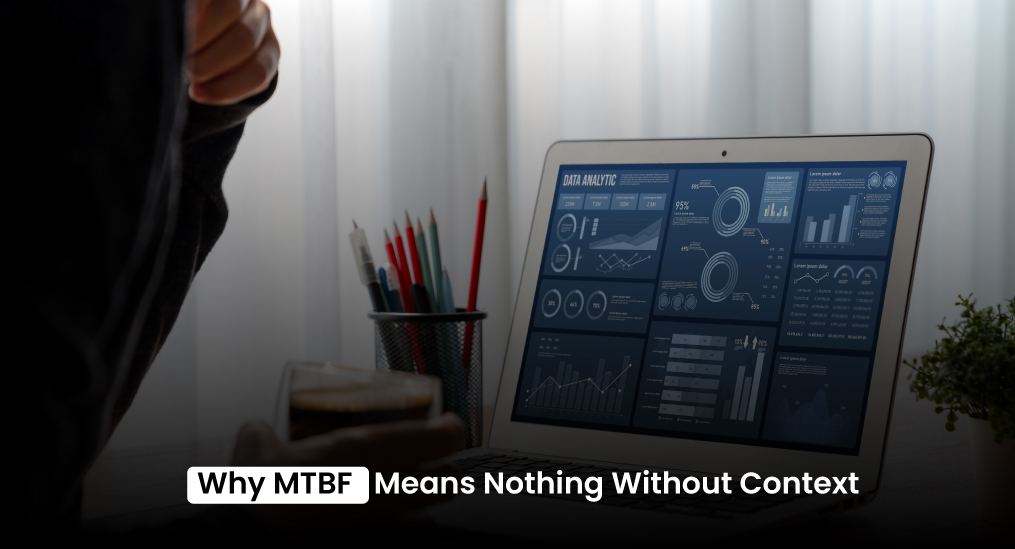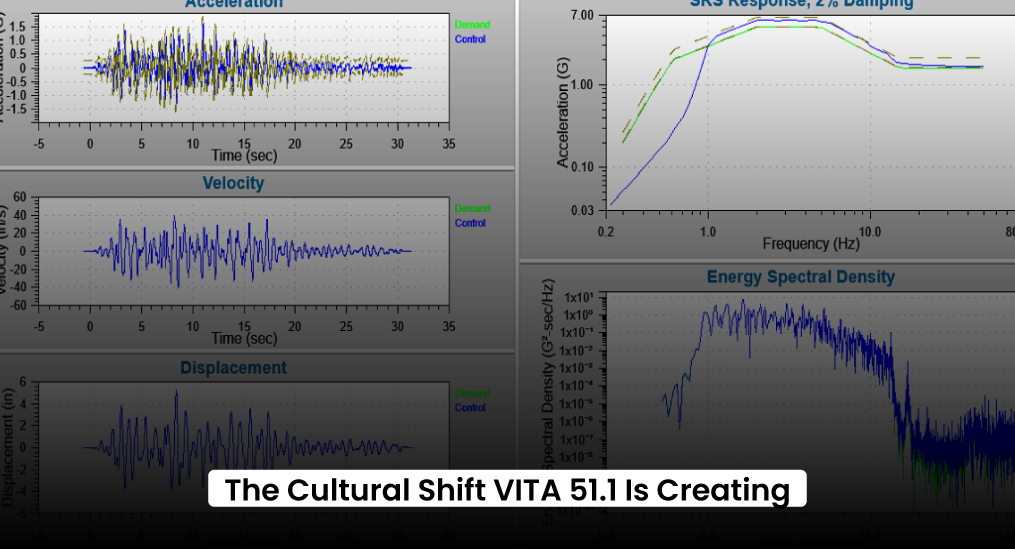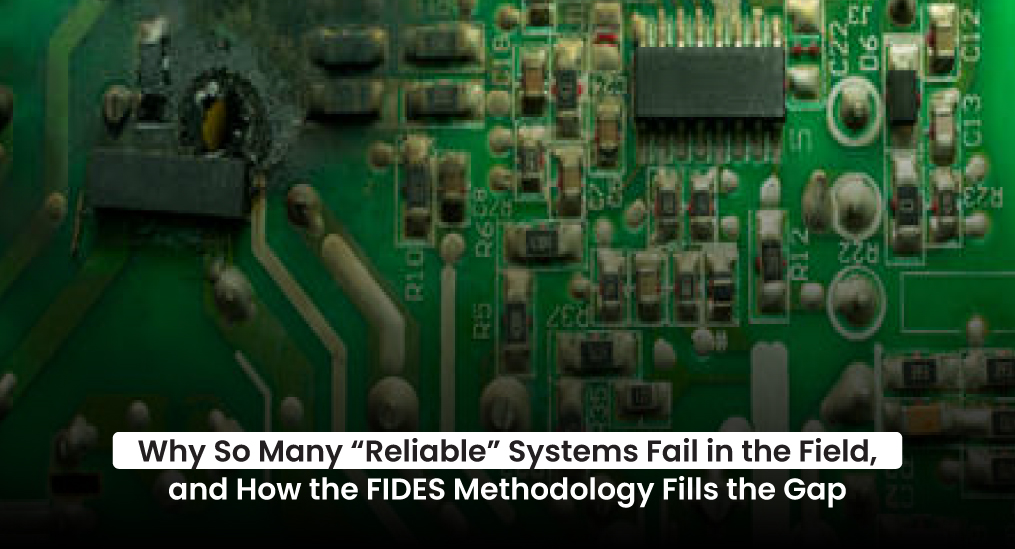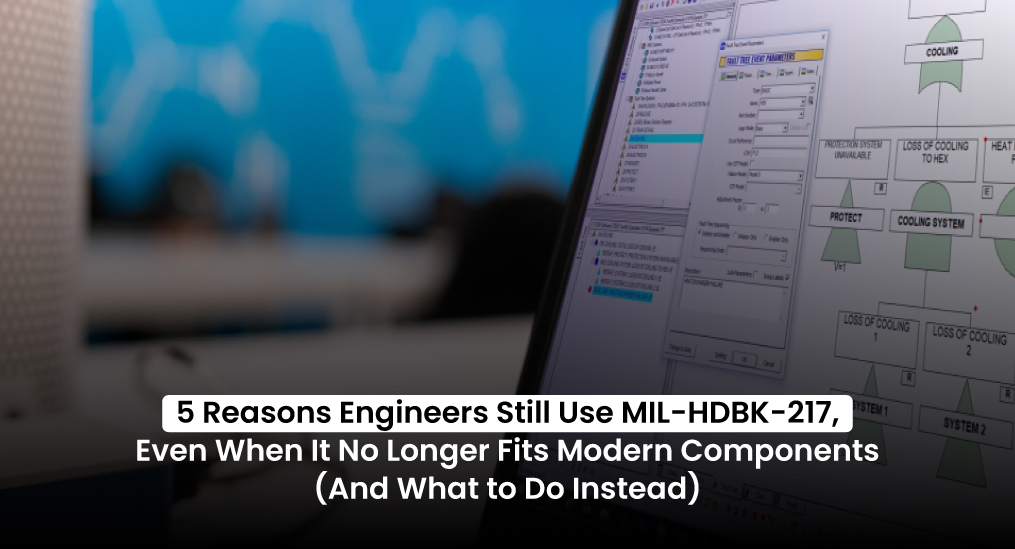You trust the spec sheet. You compare numbers. They ask the right questions. And somehow, you still get burned. A vendor claims 200,000 hours MTBF. Another offers 175,000. The charts look fine. The test reports check out. But when the hardware hits the field, it’s a different story. One system lasts five years without a hitch. Another starts dropping after 18 months. And now you’re left sorting through finger-pointing and failure analysis reports, trying to explain what went wrong to leadership—or worse, to customers. That’s where VITA 51.1 comes in—setting a standardized framework that helps identify and prevent these MTBF mismatches before they cost you time, trust, and performance.
At the heart of it? A broken system for measuring reliability. Or more accurately, too many systems.
That’s the real problem VITA 51.1 was built to fix.
The Real Cost of Mismatched MTBF Estimates
When MTBF numbers don’t line up, you don’t just waste time double-checking specs. You risk the credibility of your entire reliability strategy.
Every vendor seems to use a different prediction model:
- MIL-HDBK-217 for one
- Telcordia SR-332 for another
- A homegrown spreadsheet with assumptions buried three tabs deep for the third
Some calculate for ground benign. Others assume a space environment “just to be conservative.” You ask for details, and get vague references to old test data or worst-case estimates.
This inconsistency isn’t just frustrating—it makes it nearly impossible to compare components fairly. Procurement teams waste cycles chasing clarification. System integrators hedge their bets with overdesign or redundant parts. Reliability engineers lose sleep over numbers they don’t fully trust.
It’s not a people problem. It’s a format problem. And that’s where VITA 51.1 starts to matter.
Why MTBF Means Nothing Without Context

Let’s get this out of the way: MTBF by itself is a misleading metric.
It’s not a promise. It’s not a guarantee. Their is a statistical projection built on a set of assumptions—environment, duty cycle, failure modes, stress factors—that vary wildly across industries and vendors.
But here’s the thing: it can still be useful if the data behind it is consistent and transparent. The issue is, most MTBF numbers come stripped of that context.
You get a number. Maybe a one-liner describing the conditions. But there’s no standardized format to describe how that number was derived. Was it calculated using MIL-HDBK-217F Notice 2? FIDES? Field data? Accelerated testing? Was it based on 25°C or 70°C? A 50% duty cycle or full time-on?
This lack of structure is what VITA 51.1 was designed to clean up.
When you finally line up MTBF data using a single format, the differences between prediction models become clear—and often surprising. That’s where a solid standards comparison can give teams the clarity they’ve been missing for years.
What Is VITA 51.1—and Why Should You Care?
VITA 51.1 isn’t a new prediction model. It doesn’t try to compete with MIL-HDBK-217 or FIDES. Instead, it acts like a translator. A consistency layer.
Here’s what it does:
VITA 51.1 defines a standard format for presenting MTBF estimates, including all the underlying assumptions—environment, temperature, model used, confidence level, and more. It’s not reinventing the wheel. It’s labeling the parts clearly so you know what you’re dealing with.
Imagine every vendor providing MTBF data in the same structured spreadsheet. Same fields. Same terminology. You don’t have to decode what “desktop conditions” or “highly accelerated” means based on their internal language. It’s spelled out.
That’s what changes the game
With VITA 51.1, you finally get apples-to-apples comparisons. You see which vendor used which model, under which assumptions, and with what failure criteria. Even well-known models like Telcordia can produce wildly different outcomes depending on how vendors apply them; without a standard format like VITA 51.1, those numbers don’t carry as much weight. That lets you make real decisions—ones based on facts, not guesswork.
Where This Matters Most
This isn’t just a nice-to-have for the aerospace or defense industries. Any team building complex systems—especially ones that mix COTS and custom components—deals with the vendor MTBF mismatch problem. The challenge becomes even more difficult when you’re combining off-the-shelf parts with custom hardware. If you’re not tracking assumptions clearly, your entire COTS reliability plan can start to unravel under real-world pressure. Here’s where standardization hits hardest:
- System Integration
You’re pulling in boards from five different vendors. Each one claims different MTBF values, but no two use the same model. With VITA 51.1, you can see exactly who used what and recalculate for a unified baseline. - Vendor Qualification
Procurement asks three suppliers for reliability data. One sends a PDF, another sends a spreadsheet, and the third sends nothing. If they all use VITA 51.1, your review process just got a whole lot faster. - Field Reliability Analysis
When products fail early, you don’t want to spend weeks trying to reverse-engineer the assumptions behind the original MTBF estimates. With standardized data, you can trace the logic in minutes. - Customer Trust
Telling your clients that your product has an MTBF of 100,000 hours means little if a competitor claims 200,000 and no one can explain the difference. If both use VITA 51.1, you can walk the client through the assumptions and stand by your numbers.
The Cultural Shift VITA 51.1 Is Creating

Reliability has always struggled with silos. Engineering, quality, and procurement all look at MTBF through different lenses. Vendors often guard their prediction methods as proprietary. Teams rely on legacy models because “that’s what we’ve always used.”
VITA 51.1 opens up that black box
It forces everyone to play by the same rules, without dictating which model they must use. They doesn’t try to eliminate flexibility. It just demands that you show your work.
That builds trust. Across departments. Across companies. Over supply chains.
Why So Many Teams Are Still Behind
Despite being published by VITA and recognized by ANSI, VITA 51.1 isn’t as widely adopted as it should be. Some vendors don’t want to expose their internal modeling. Some haven’t updated their tools. Several just don’t know it exists.
But the teams that do push for it gain a major edge:
- They shorten qualification cycles
- They reduce confusion in system design reviews
- They stop wasting time reconciling inconsistent data
- They win customer trust by showing transparency
It’s not a heavy lift. It just requires that you ask for it—and that you offer it back when someone asks you.
What You Can Do Right Now
If you’re a systems engineer, reliability lead, or program manager, here’s how you can start using VITA 51.1 to protect your time and your reputation:
- Ask vendors for MTBF data in VITA 51.1 format
If they don’t know it, point them to the standard. It’s published and freely available. - Standardize your own internal reporting
Whether you use MIL-HDBK-217, Telcordia, FIDES, or PoF, wrap your MTBF estimates in the VITA 51.1 format. That way, anyone reading your data knows exactly what it means. - Push for it during supplier onboarding
Bake it into your RFPs, qualification plans, and vendor scorecards. The earlier you set expectations, the smoother everything becomes. - Train your team to interpret VITA 51.1 data
Once you start receiving standardized files, ensure that your engineers and procurement teams are familiar with how to read them. It’s not complicated—but it’s powerful.
In engineering, you can’t afford to guess. And you shouldn’t have to.
Every hour you spend digging through inconsistent MTBF reports is an hour you could have spent designing, validating, or building something better. Every time a customer challenges your numbers and you can’t explain the discrepancy, you chip away at hard-earned trust.
VITA 51.1 won’t solve every reliability problem. However, it provides a shared language. A clear lens. A way to cut through noise and focus on what’s real.
It’s not flashy. But it’s one of the most practical tools you have for restoring confidence in MTBF numbers—and the decisions that depend on them.






